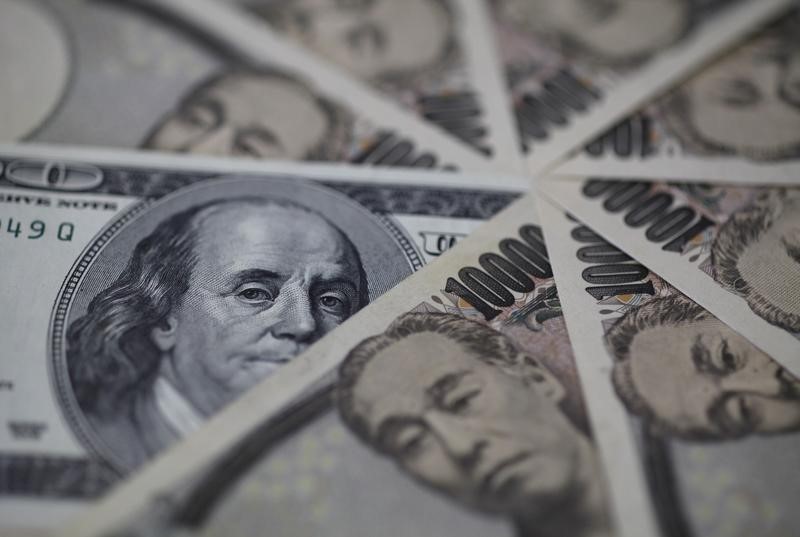Investing.com — Most Asian currencies held within a tight range Tuesday, remaining under pressure from a strong dollar amid heightened speculation about the path of U.S. interest rates and President-elect Donald Trump’s plans for trade tariffs.
Anticipation of key inflation data this week left traders largely favoring the dollar, especially as recent labor market data called for a slower pace of rate cuts from the Federal Reserve.
This trend has kept traders largely averse to risk-driven Asian markets, especially in light of US yields continuing to rise. Uncertainty over China’s stimulus measures and the Bank of Japan’s interest rate hike plans also weighed on regional markets.
Dollar steady at near 2-year high amid interest, rate speculation
The and rose slightly on Tuesday after mild losses in overnight trading.
Traders were looking forward to more insight into Trump’s plans for trade tariffs when he takes office next week. A Bloomberg report said Trump’s team planned to propose a gradual introduction of tariffs to increase leverage and reduce the inflationary shocks of any tariffs.
While the report allayed some concerns about Trump’s tariff plans, it remained to be seen whether the newly elected president will take a staggered path on tariffs. Trump has pledged to impose steep tariffs on several countries from “day one” of his term, including a 60% levy on China.
On the interest rate front, the focus this week is squarely on the inflation data for December, which will be released on Wednesday. Any sign that inflation remains persistent is likely to boost the dollar and roil Asian currencies.
The Japanese yen finds little support from the comments about interest rate increases
The Japanese yen weakened on Tuesday, with the pair rising 0.1% and largely reversing initial losses.
The yen was up marginally after BOJ Deputy Governor Ryozo Himino said the central bank will debate whether to raise interest rates at a meeting next week.
Speculation about further rate hikes by the BOJ has increased in recent weeks, driven by strong wage growth and household spending data. Japanese inflation has also been consistently above the BOJ’s annual target of 2% in recent months.
Broader Asian currencies were largely subdued as traders continued to favor the dollar ahead of this week’s inflation data. Several Fed officials will also speak in the coming days.
The Chinese yuan pair was flat but remained close to the highest level since September 2023 amid increased attention for more stimulus from Beijing. The People’s Bank of China will also decide this week on its key lending rate.
The Australian dollar pair rose slightly after falling to a near five-year low this week.
The Singapore dollar pair was flat, as was the South Korean won pair.
The Indian rupee pair held steady after racing to a record high of 86,651 rupees earlier this week.


